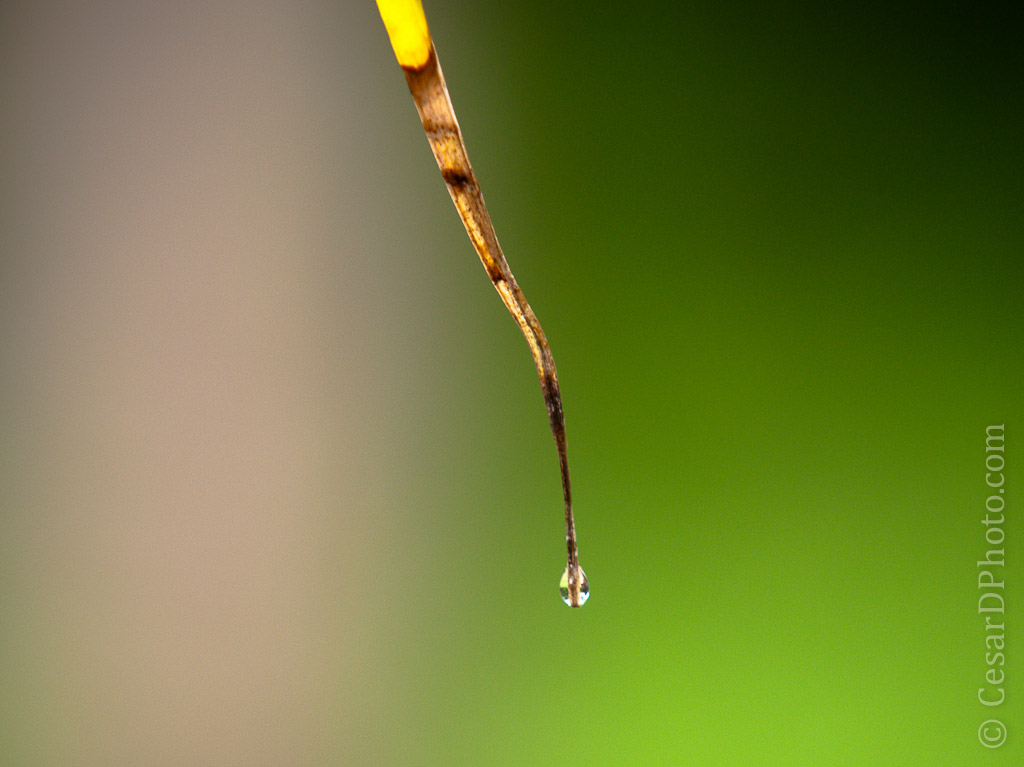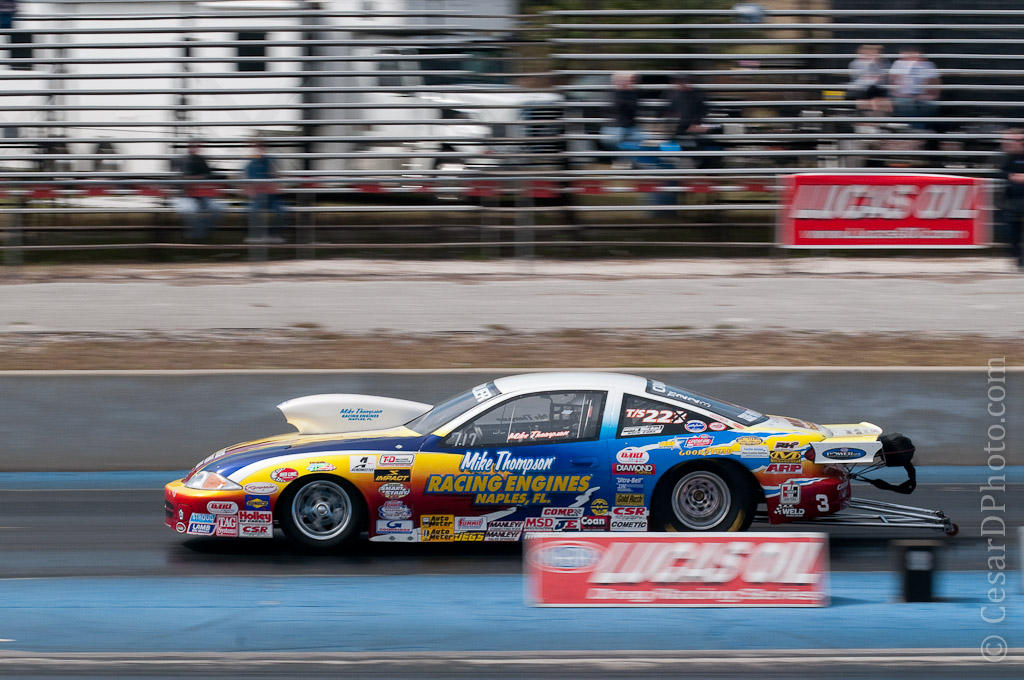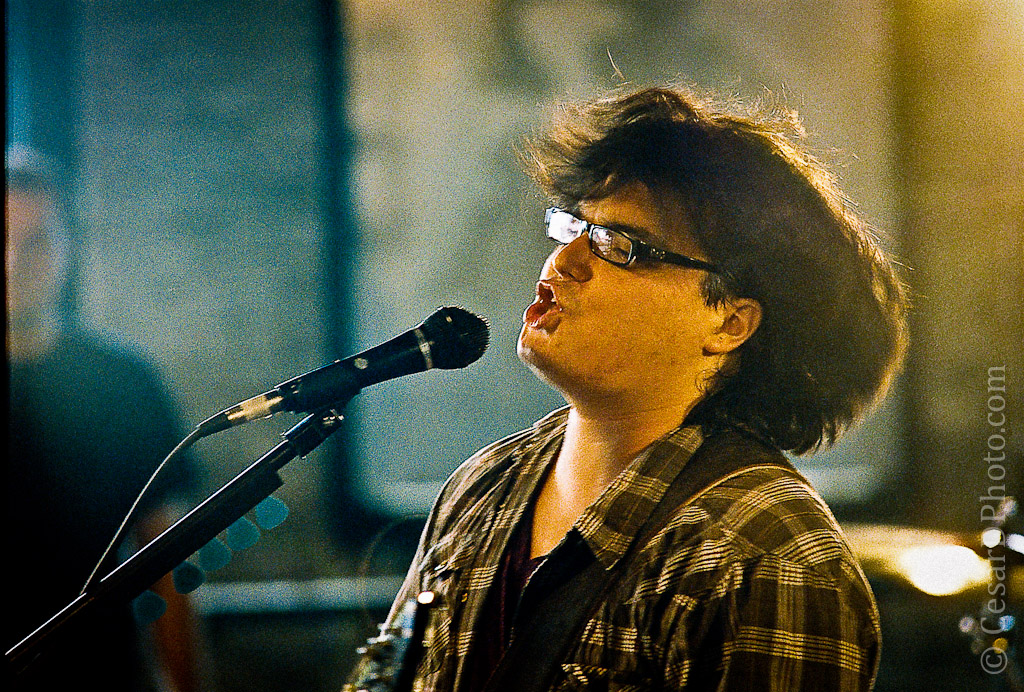Hey Folks,
We probably all know about the exposure triangle by now. Pretty basic stuff you learn when you’re first getting into manual. And if you’re just learning, you may be wondering what the point is in obsessing over your ISO, aperture and shutter speed. So indulge me as I explain the triangle sub-headings:
Aperture – Depth of Field
 When I learned that there were lenses that were ‘faster’ than others (meaning the aperture can open widely), and that this was required for good photos in low-light situations, I thought ‘great! problem solved!’ Well…problem NOT solved. Why? Because opening your 50mm f/1.4 right up to 1.4 now causes issues with very shallow DOF (depth of field). So if you’re shooting a wedding, perhaps, and your plan is to just open your aperture up, you better have a plan B. Because at some point, the groom will be a smudge in front of the bride or the bride will be holding her bouquet in front of her and the focus will fall on the wrong thing. So simply opening your aperture isn’t going to be enough to leave you other settings as they are. Point? When adjusting aperture, don’t just think ‘more light’, also think ‘depth of field’.
When I learned that there were lenses that were ‘faster’ than others (meaning the aperture can open widely), and that this was required for good photos in low-light situations, I thought ‘great! problem solved!’ Well…problem NOT solved. Why? Because opening your 50mm f/1.4 right up to 1.4 now causes issues with very shallow DOF (depth of field). So if you’re shooting a wedding, perhaps, and your plan is to just open your aperture up, you better have a plan B. Because at some point, the groom will be a smudge in front of the bride or the bride will be holding her bouquet in front of her and the focus will fall on the wrong thing. So simply opening your aperture isn’t going to be enough to leave you other settings as they are. Point? When adjusting aperture, don’t just think ‘more light’, also think ‘depth of field’.
(Nikon D300 w/ Sigma 70-200mm f/2.8 HSM DG, ISO 200, Aperture f/5.6 ~ 1/50 sec, On Lexar Professional Digital Film)
Shutter Speed – Sharpness
 When first learning about the exposure triangle, every setting was explained to me in terms of how it dealt with light: aperture lets in more or less light, shutter speed lets it in longer or shorter, and ISO is how sensitive the sensor is to light. But like in the example above, there are other factors when considering your settings. With shutter speed, it isn’t only the length of time the shutter is open that you have to think about. Particularly in low-light situations, using a too-slow shutter can cause camera shake from your shaky hands or motion blur from moving subjects. And this all leads to blurry photos, soft edges and no sharpness in sight. Inside, use as fast a shutter as possible while still being slow enough to fit into your triangle. And if you can, invest in lenses with VR (Vibration Reduction) because this helps you to create sharper photos when shooting at slower shutter speeds or long focal lengths (far zoom) when your hands may be shaking. The short of it? Shutter speed = sharpness.
When first learning about the exposure triangle, every setting was explained to me in terms of how it dealt with light: aperture lets in more or less light, shutter speed lets it in longer or shorter, and ISO is how sensitive the sensor is to light. But like in the example above, there are other factors when considering your settings. With shutter speed, it isn’t only the length of time the shutter is open that you have to think about. Particularly in low-light situations, using a too-slow shutter can cause camera shake from your shaky hands or motion blur from moving subjects. And this all leads to blurry photos, soft edges and no sharpness in sight. Inside, use as fast a shutter as possible while still being slow enough to fit into your triangle. And if you can, invest in lenses with VR (Vibration Reduction) because this helps you to create sharper photos when shooting at slower shutter speeds or long focal lengths (far zoom) when your hands may be shaking. The short of it? Shutter speed = sharpness.
(Nikon D300 w/ Sigma 70-200mm f/2.8 HSM DG, ISO 200, Aperture f/8 ~ 1/250 sec, On Lexar Professional Digital Film)
ISO – Grain
 ISO can be your best friend or your worst enemy. It’s the setting I compromise on last and not if I can help it. I really hate noise. I’m learning not to pixel peep and LR3 is so much better at handling noise than LR2 ever was. That said, just know that ISO isn’t a magic triangle-balancing number. You can’t just whack it up to 3000 and forget about the rest. You should know that higher ISO equals increasingly more noise/grain. And some photographers add grain on purpose, particularly when shooting or editing in B&W. Basically? High ISO = grain.
ISO can be your best friend or your worst enemy. It’s the setting I compromise on last and not if I can help it. I really hate noise. I’m learning not to pixel peep and LR3 is so much better at handling noise than LR2 ever was. That said, just know that ISO isn’t a magic triangle-balancing number. You can’t just whack it up to 3000 and forget about the rest. You should know that higher ISO equals increasingly more noise/grain. And some photographers add grain on purpose, particularly when shooting or editing in B&W. Basically? High ISO = grain.
(Nikon F100 w/ Sigma 70-200mm f/2.8 HSM DG, Aperture f/4 ~ 1/100 sec, On Fujicolor Superia ISO 800 Film)
Hopefully, expounding upon these other factors to think about when choosing your manual settings will help you make more informed choices and better photographs.